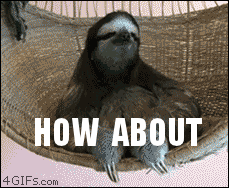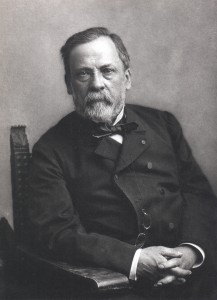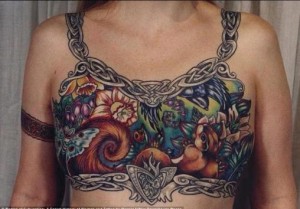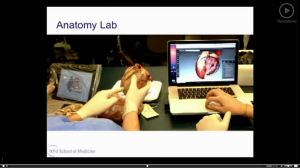An e-patient is a new, modern type of patient that participates more fully in his or her healthcare than patients of era past. Our society is actually so connected with the internet now that it might be impossible to escape. This, in turn, allows patients to get more information about their conditions and healthcare options than ever before. You can easily see why we use e-patient, almost like the word e-mail. However, here, the “e” happens to mean a lot of things: empowered, engaged, enabled, equipped, expert (to name a few).
Here’s a TEDx presentation by a very active guy in the epatient movement: “epatient” Dave deBronkart.
He talks about how he was diagnosed with a terminal cancer, and was able to find other patients and, subsequently, a treatment that saved his life. Being an epatient seems like a great, even obvious idea. Why wouldn’t someone want to take charge of their own health and improve possible recovery? Under the video people can freely comment, and while the comments are almost completely positive, it seems not everybody was pleased. They point of a couple reasons why being an epatient is bad.
- The data is nearly inaccessible for the public because it is formatted in a consumer-unfriendly way. The raw data cannot be read on your standard operating system (due to HIPAA regulations) and will not be decoded (because it provides the software produces with a source of revenue—a subscription from the healthcare facility).
- Even with that data, patients don’t know how to interpret it correctly. For example, A trend in weight loss gain could be due to eating better—like the doctor said—or to a medicine with a weight loss side effect. That same weight loss could be natural due to changes in diet (a ketogenic diet, for example, often causes a very fast initial weight drop due to loss of muscle glycogen) or abnormal due to some other problem (cancer, poor reaction to a drug).
- They also don’t have the information to act on it correctly. For example, many patients don’t know much about antibiotics. They don’t work on viral infections, and bacteria can grow immunity to it, which is why taking a full course of antibiotics is important.
- Where the patient gets that information is also important. Informative sites like Wikipedia or even WebMD often have some errors (mostly of omission), while forums may have advice from other people who don’t know what they’re talking about.
- Finally, it’s hard!
“So Obi,” you may ask, “you told me e-patients are great! Why are you now telling me reasons to not be an e-patient?” My response: “Read the end of the post!” I don’t mean to say that these reasons should discourage anyone from remaining or becoming an e-patient. I mean the opposite: the stronger the e-patient community is, as a whole, the better off everyone’s healthcare becomes. The effects of incorrect or omitted information are minimized passively, while the patients themselves can affect regulations preventing their access to information.
In order to get more people to become epatients, you have to first learn why they don’t want to become epatients, and then remove those fears, one way or another. By listing these fears about this new movement, we can bring the relevant issues up to the public eye, and hopefully solve them.
-Obi







